Brass Feng Shui Gong “with Dragons” Statue
This Brass Feng Shui Gong Statue makes soothing sound with the attached hammer, and consists of brass gong and wooden stand. It is believed that Feng Shui Wind Bell may bring you wealth and keep your home peaceful and safe by frighten away evil spirits. This unique instrument is perfect to use for yoga, meditation or sound therapy. A Gong is a percussion instrument originating in East Asia and Southeast Asia. Gongs are a flat, circular metal disc that is typically struck with a mallet. They can be small or large in size, and tuned or untuned. The earliest mention of gongs can be found in 6th century Chinese records, which mentioned the instrument to have come from the Western Regions (a region covering modern day Tibet, Xinjiang, and Central Asia). The term gong originated in the Indonesian island of Java. Scientific and archaeological research has established that Burma, China, Java and Annam were the 4 main gong manufacturing centres of the ancient world. The gong found its way into the Western World in the 18th century, when it was also used in the percussion section of a Western-style symphony orchestra. A form of bronze cauldron Gong known as a resting bell was widely used in ancient Greece and Rome, for instance in the famous Oracle of Dodona, where disc gongs were also used.
Gongs broadly fall into one of 3 types: Suspended Gongs are more or less flat, circular discs of metal suspended vertically by means of a cord passed through holes near to the top rim. Bossed or Nipple Gongs have a raised centre boss, or knob, and are often suspended and played horizontally. Bowl Gongs are bowl-shaped and rest on cushions. The latter may be considered a member of the bell category. Gongs are made mainly from bronze or brass but there are many other alloys in use. Gongs produce 2 distinct types of sound. A gong with a substantially flat surface vibrates in multiple modes, giving a “crash” rather than a tuned note. This category of gong is sometimes called a tam-tam to distinguish it from the bossed gongs that give a tuned note. In Indonesian gamelan ensembles, some bossed gongs are deliberately made to generate in addition a beat note in the range from about 1 to 5 Hz. The use of the term “gong” for both these types of instrument is common. Suspended gongs are played with hammers and are of 2 main types: flat faced discs either with or without a turned edge, and gongs with a raised centre boss. In general, the larger the gong, the larger and softer the hammer.
In Western symphonic music, the flat faced gongs are generally referred to as tam-tams to distinguish them from their bossed counterparts. Here, the term “gong” is reserved for the bossed type only. The gong has been a Chinese instrument for millennia. Its first use may have been to signal peasant workers in from the fields, because some gongs are loud enough to be heard from up to 5 miles (8 km) away. Large flat gongs may be “primed” by lightly hitting them before the main stroke, greatly enhancing the sound and causing the instrument to “speak” sooner, with a shorter delay for the sound to “bloom“. Keeping this priming stroke inaudible calls for a great deal of skill. The smallest suspended gongs are played with bamboo sticks or even western-style drumsticks. Contemporary and avant-garde music, where different sounds are sought, will often use friction mallets (producing squeals and harmonics), bass bows (producing long tones and high overtones), and various striking implements (wood/plastic/metal) to produce the desired tones. Rock Gongs are large stones struck with smaller stones to create a metallic resonating sound. Zen Art Brass Feng Shui Gong Statue sizes: 7.5 inches / 19 cm x 2 inches / 5 cm x 8 inches / 20 cm.
Brass Feng Shui Gong Statue on Amazon.
Brass Feng Shui Gong Statue on eBay.
Chinese Statues, Dragons Statues and Feng Shui Statues.


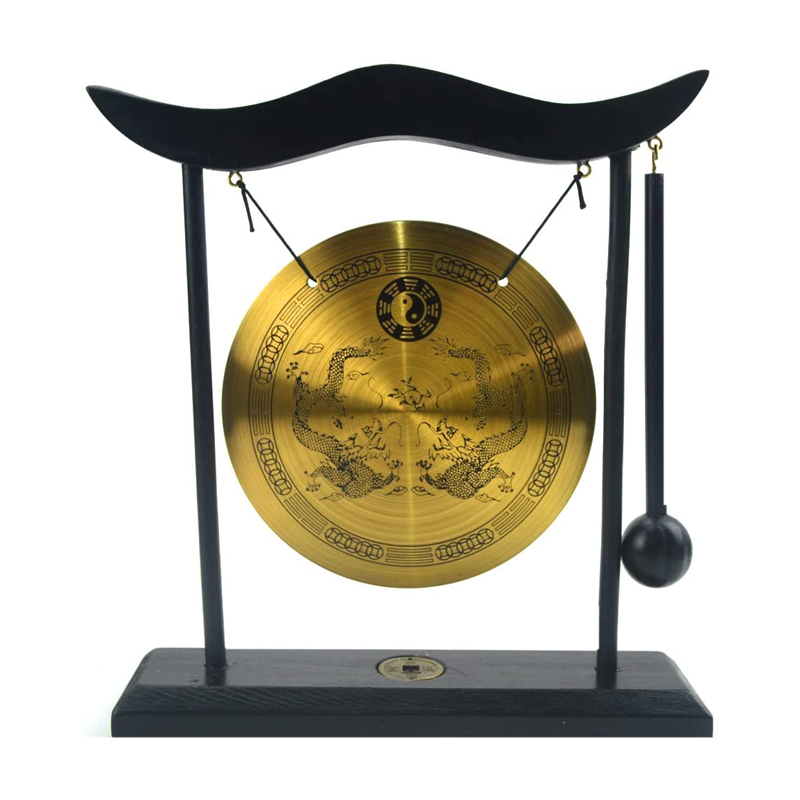

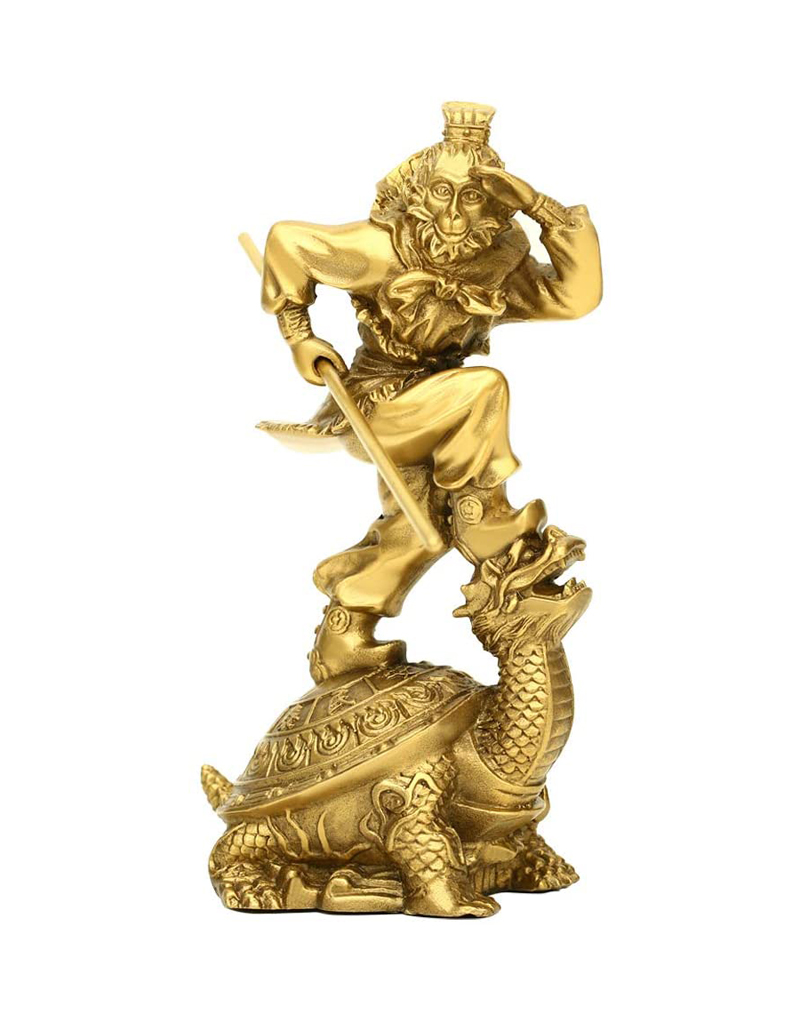
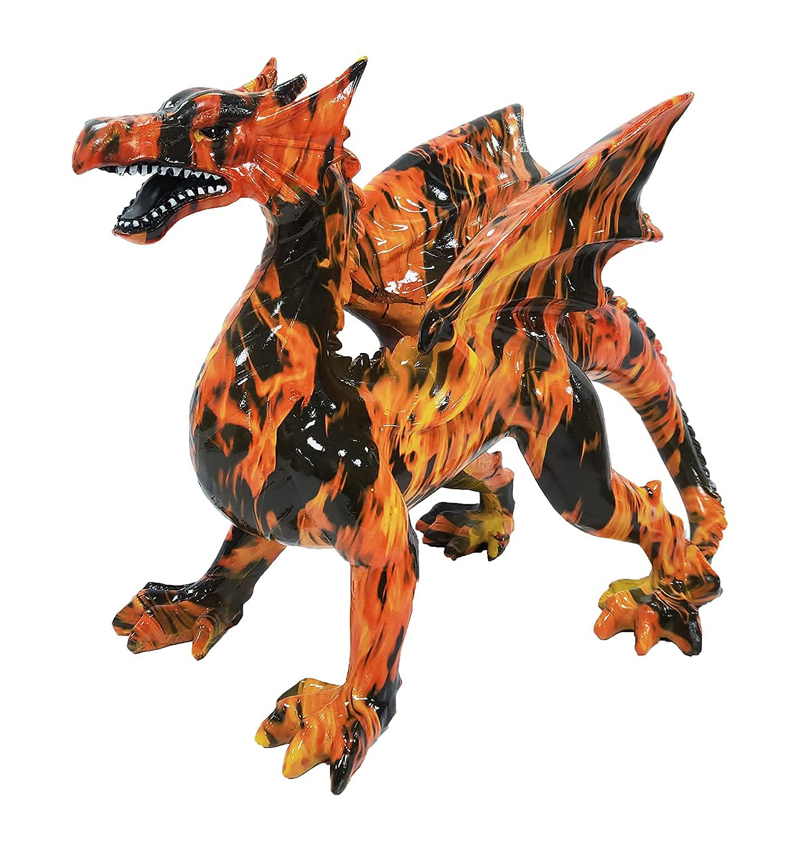
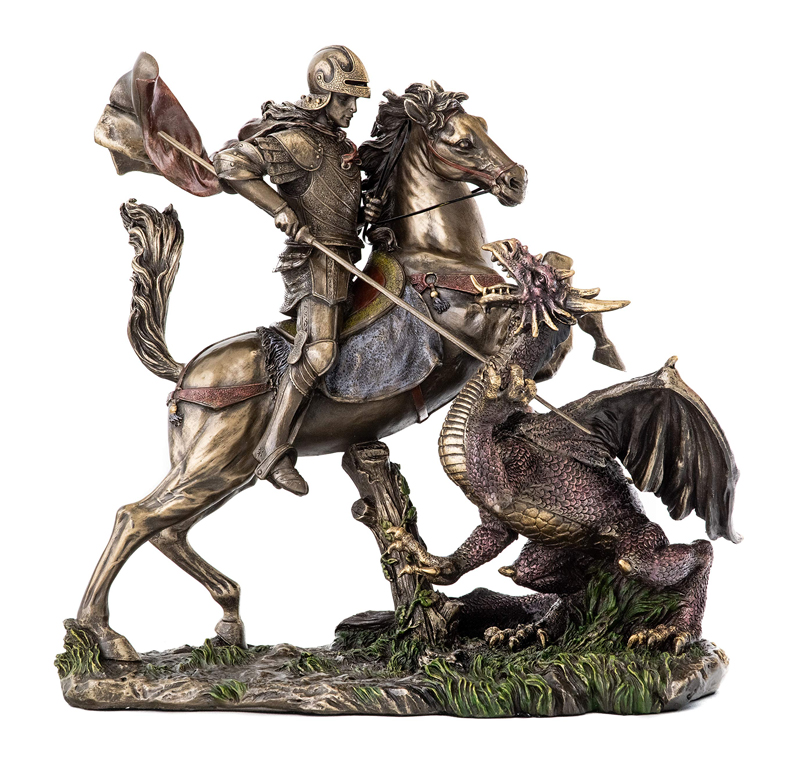
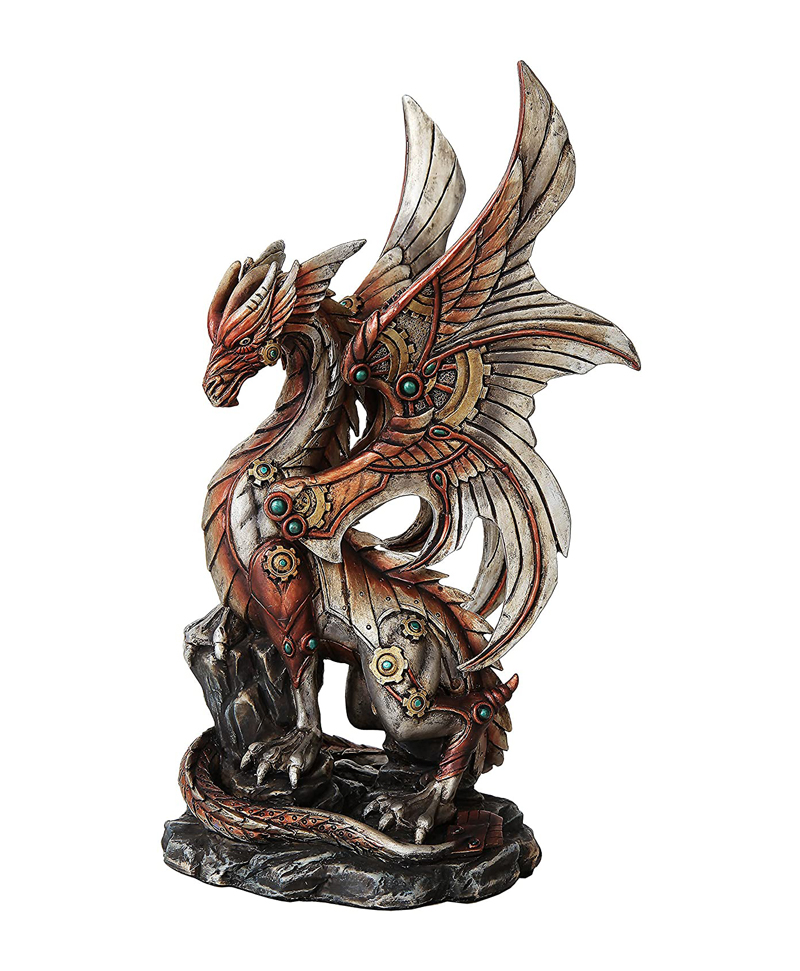
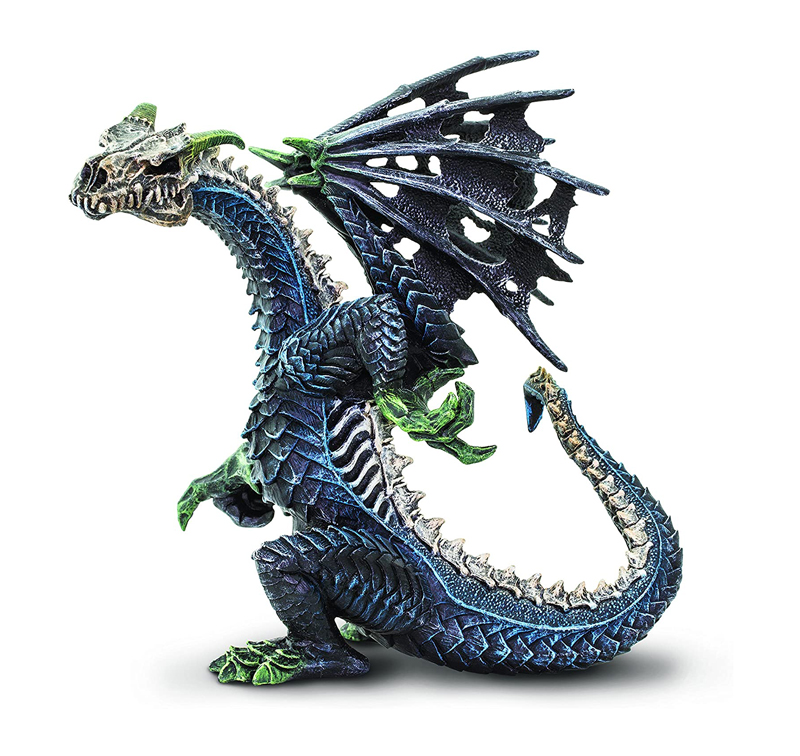
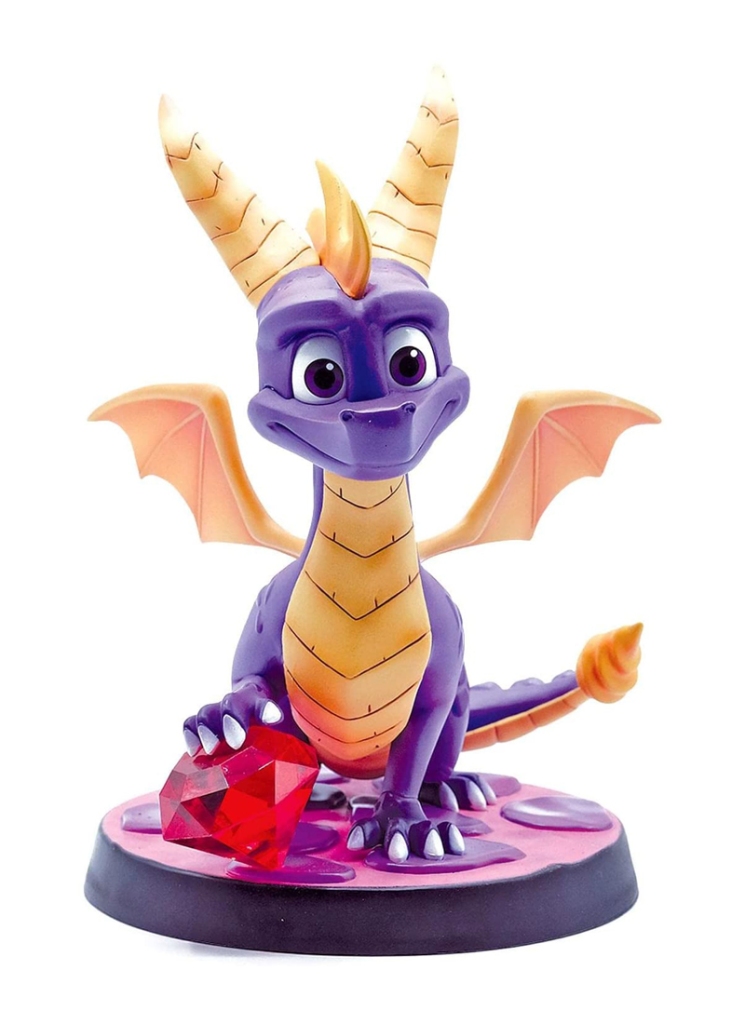
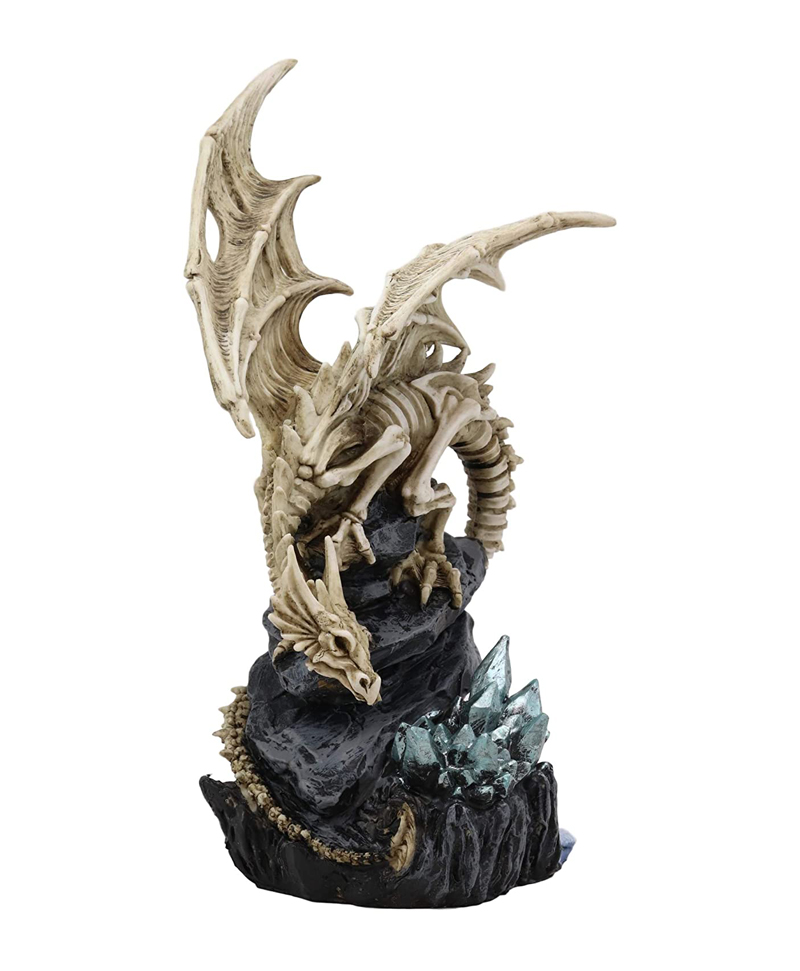
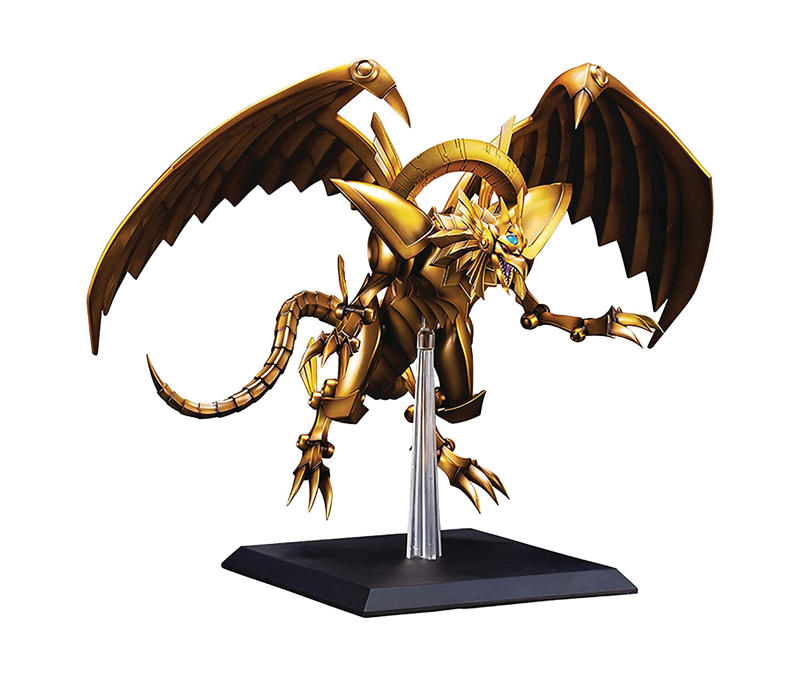
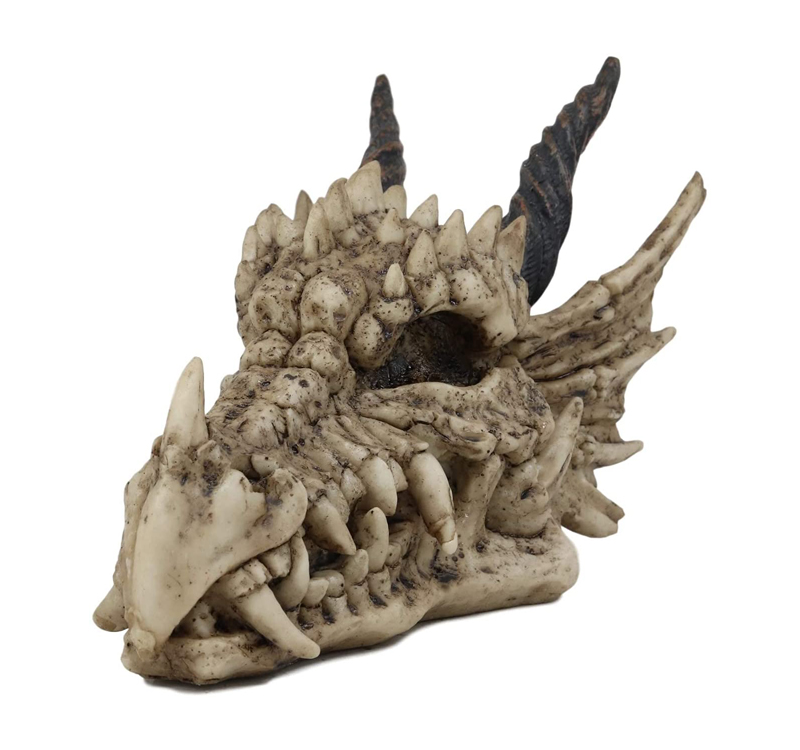
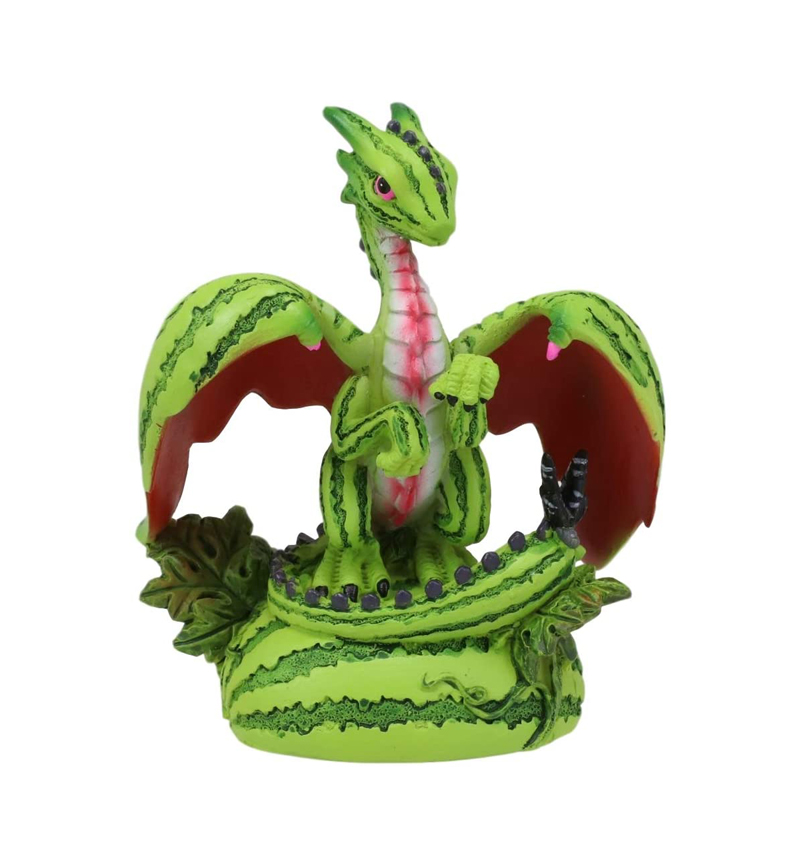
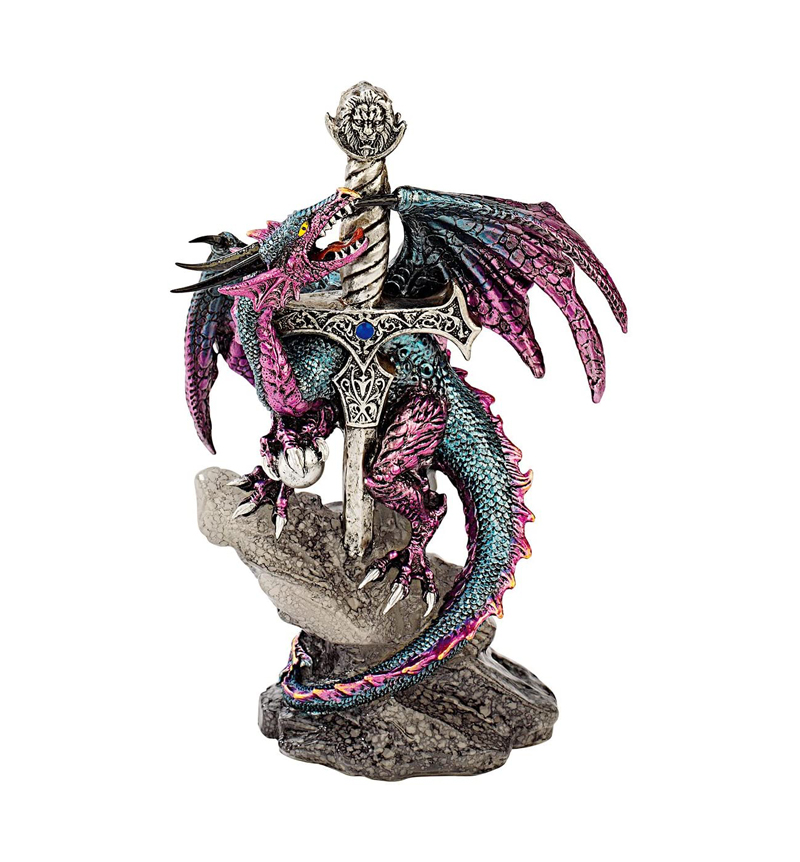
You must be logged in to post a comment.